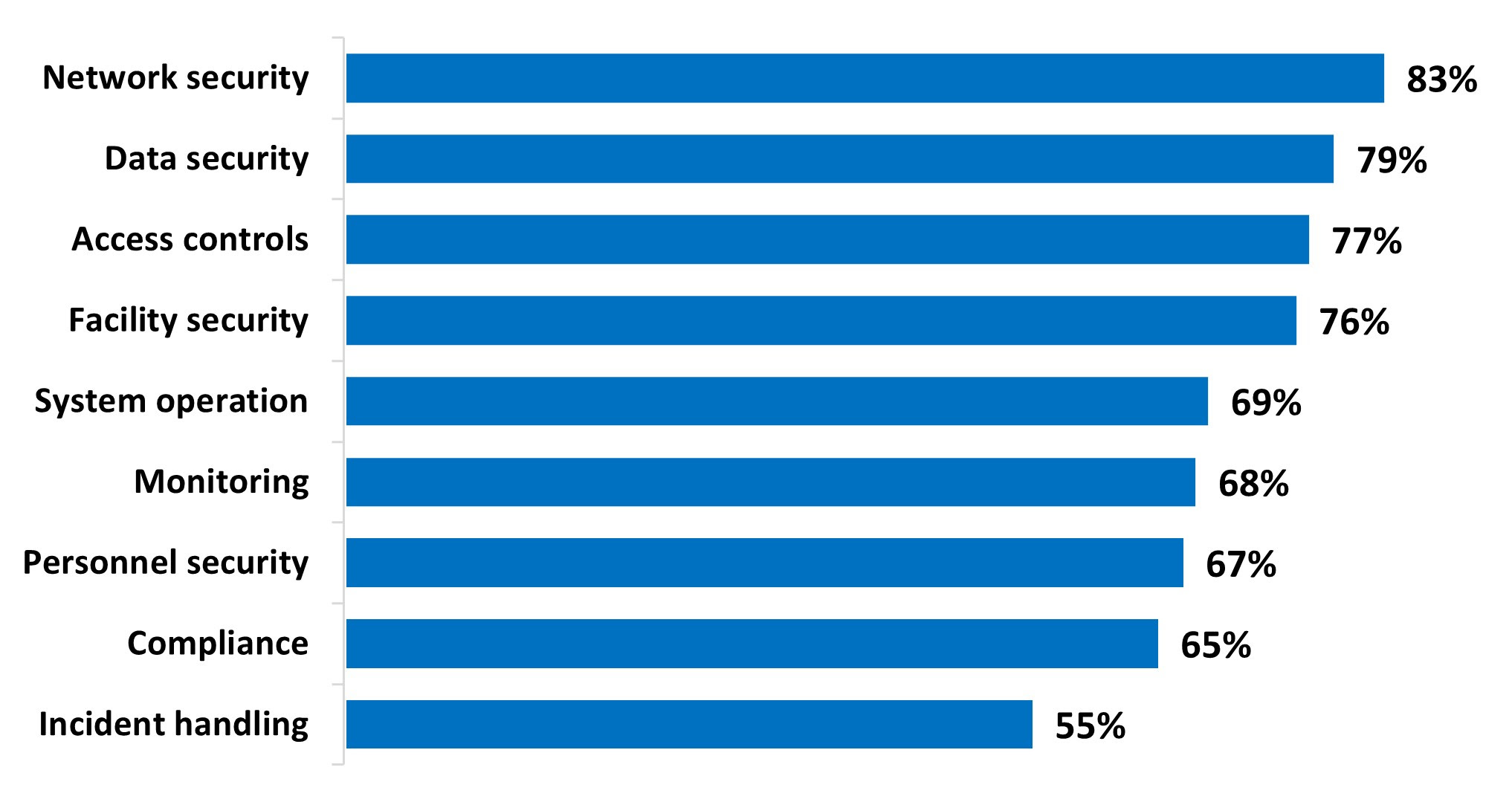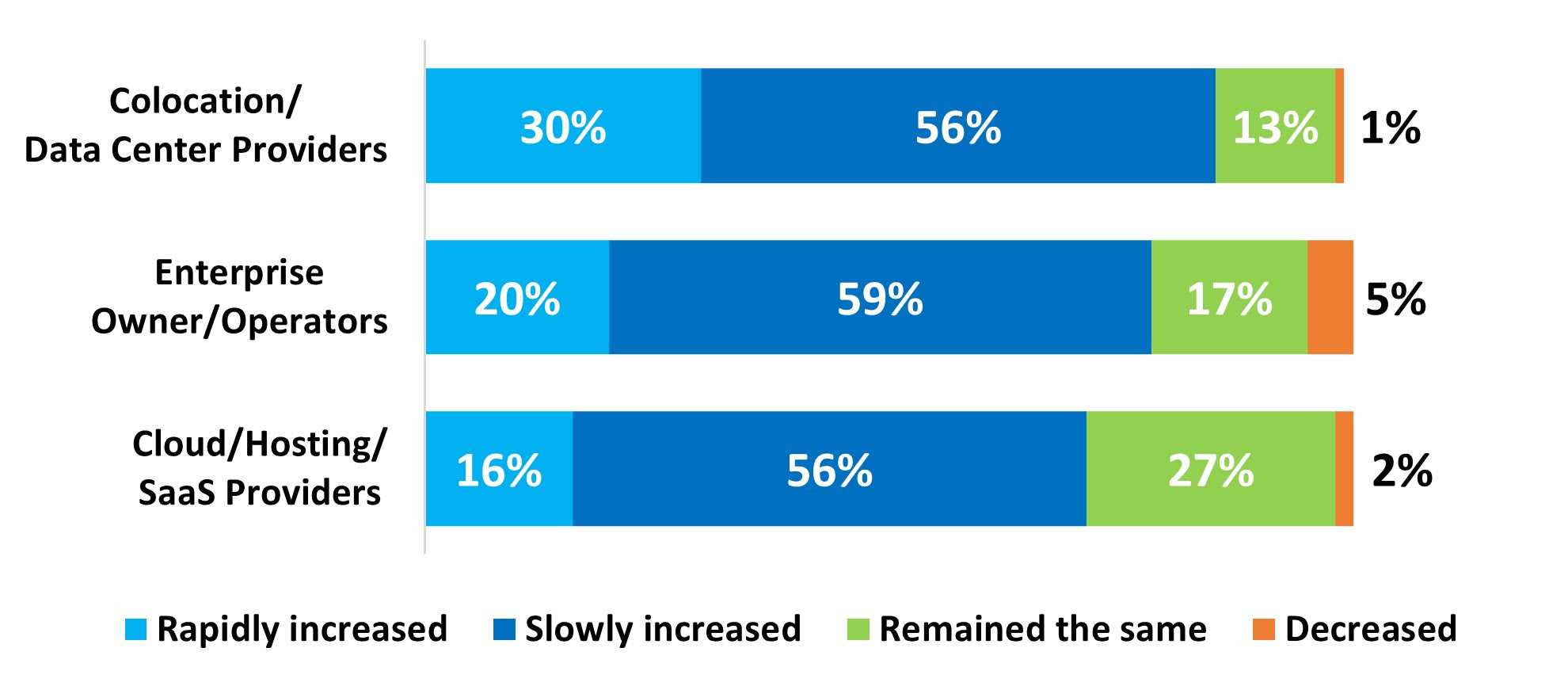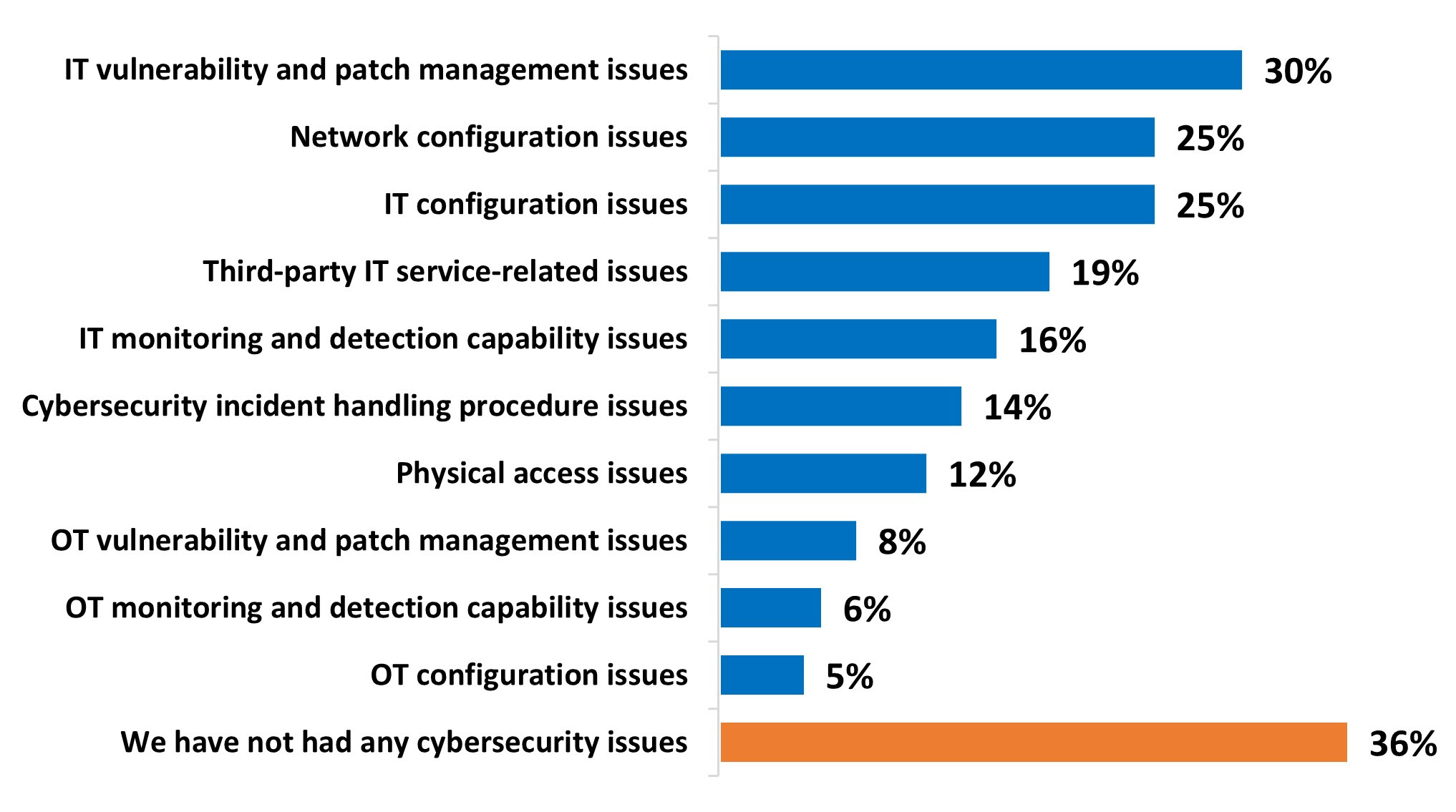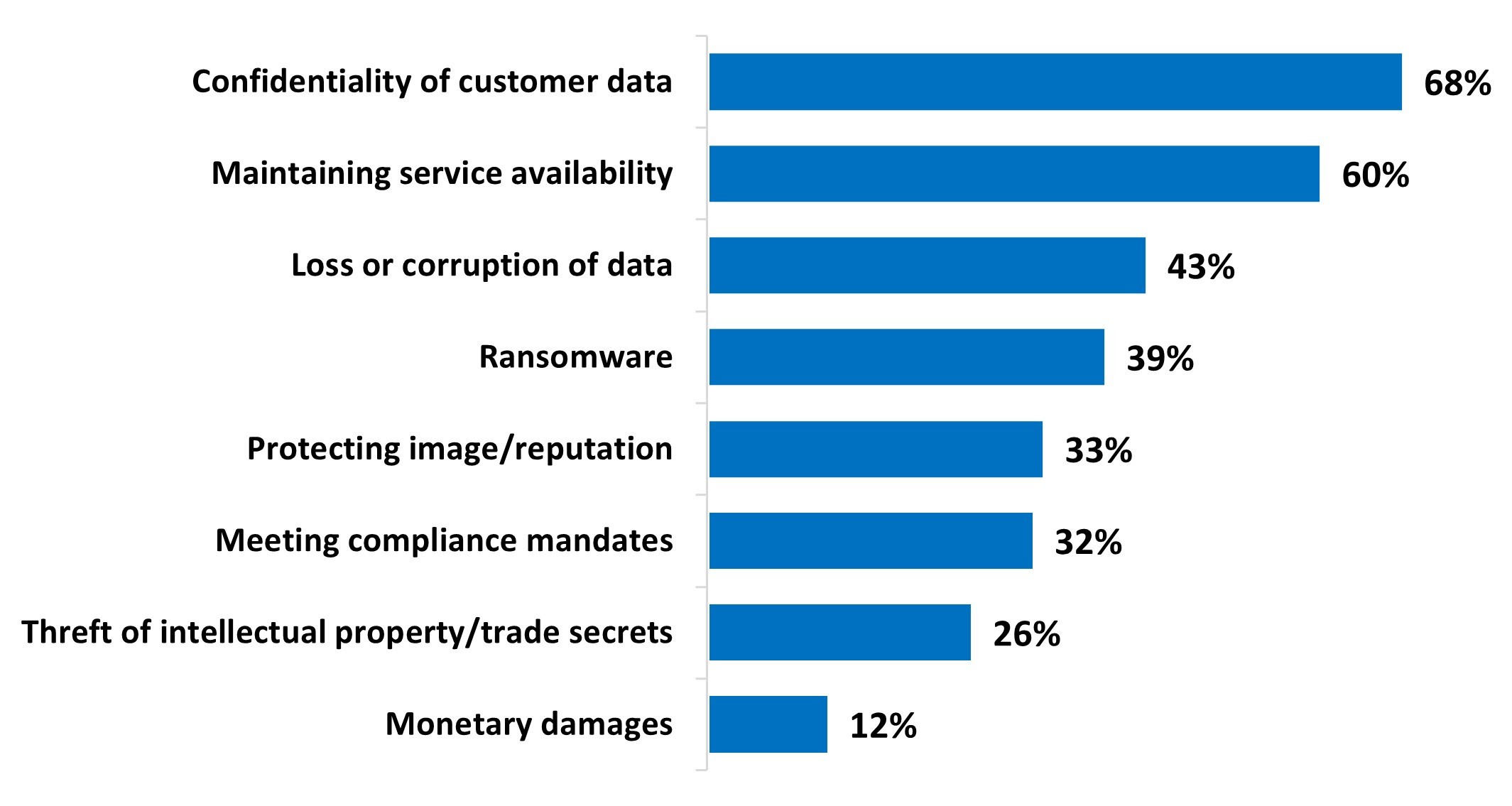Data centre cyber security (Part I): stopping the attacks before they happen.
Following the incorporation of LEET Security into the Uptime Institute group in June 2023, we have conducted a first survey on data centre security.
One-in-four data center owner/operators (25%) report they have experienced a cybersecurity attack on their facility’s IT and OT systems in the last 12 months, according to our June 2023 Uptime Institute Security Survey.
At the same time, nine-in-ten respondents (91%) say they periodically conduct formal assessments on the effectiveness of their data center cybersecurity. Moreover, two-thirds of this group (65%) say they do assessments more than once per year.
Ali Moinuddin, Chief Corporate Development Officer at Uptime Institute, finds data centers are conducting cybersecurity assessments more frequently than in the past.
“Previous Uptime Institute data aligns with this trend,” says Mr. Moinuddin. “In the past, cybersecurity assessments tended to be conducted once yearly. But now many organizations are conducting point-in-time cybersecurity assessments along with on-going monitoring to ensure threats can be identified and mitigated in real time.”
Conducting Cybersecurity Assessments
Top areas of focus for data center cybersecurity assessments include network security (83%), data security (79%), access controls (77%), and facility security (76%).

Nearly two-thirds of respondents reported they use external companies to conduct their cybersecurity assessment. Among this group, the primary reasons cited for using an external company are to meet compliance mandates (66%), the confidentiality of customer data (54%), and to maintain service availability (51%).

Cybersecurity Problems: The Most Common Causes
We asked respondents about the most common causes of their data center cybersecurity problems over the past three years. The number one cause, cited by 30% of respondents, was IT vulnerability and patch management issues.
Network configuration issues and IT configuration issues came in a close second, each cited by 25% of respondents.

“As data centers become more interconnected, cyberattacks on IT and OT systems are expanding,” says Mr. Moinuddin. “And what’s clear today is that data center owner/operators – as well as users – need end-to-end approaches that cover IT and OT systems in order to defend against cyber threats.”
LEET Security Executive Manager Antonio Ramos points out that data centers are critical systemic assets that can be subjected to malicious activities from a wide range of threats. “The perpetrators of attacks can also vary – and may include seasoned cyber criminals to the most advanced, state-sponsored actors.”
Top Industry Concerns
When it comes to data center cybersecurity, two issues stand out as top industry concerns: Confidentiality of customer data (68%) and Maintaining service availability (60%).

“Cyberattacks not only steal customer data, they can also degrade an organization’s computational assets, leading to process disruptions and even physical harm,” says Mr. Ramos. “For example, during the pandemic we witnessed an increase in cyberattacks on hospitals at the very same time they were trying to deliver critical care to a huge influx of patients.”
Cyber Attacks: Preventing them Before They Happen
Most data center organizations are making diligent efforts to prevent cybersecurity attacks, but they nonetheless remain a persistent global threat.
“In order to address the rapidly changing threat landscape, organizations need to know how to improve their cyber posture,” says Mr. Moinuddin. “This requires a comprehensive approach that spans their systems and processes, along with those of third-party organizations that are able to access their digital infrastructure.
Mr. Ramos points out that when assessing data center cybersecurity, many organizations primarily focus on their physical elements and not their operational technologies. “But the OT running data centers carries its own threats and vulnerabilities,” says Mr. Ramos. “And these must also be addressed.”

